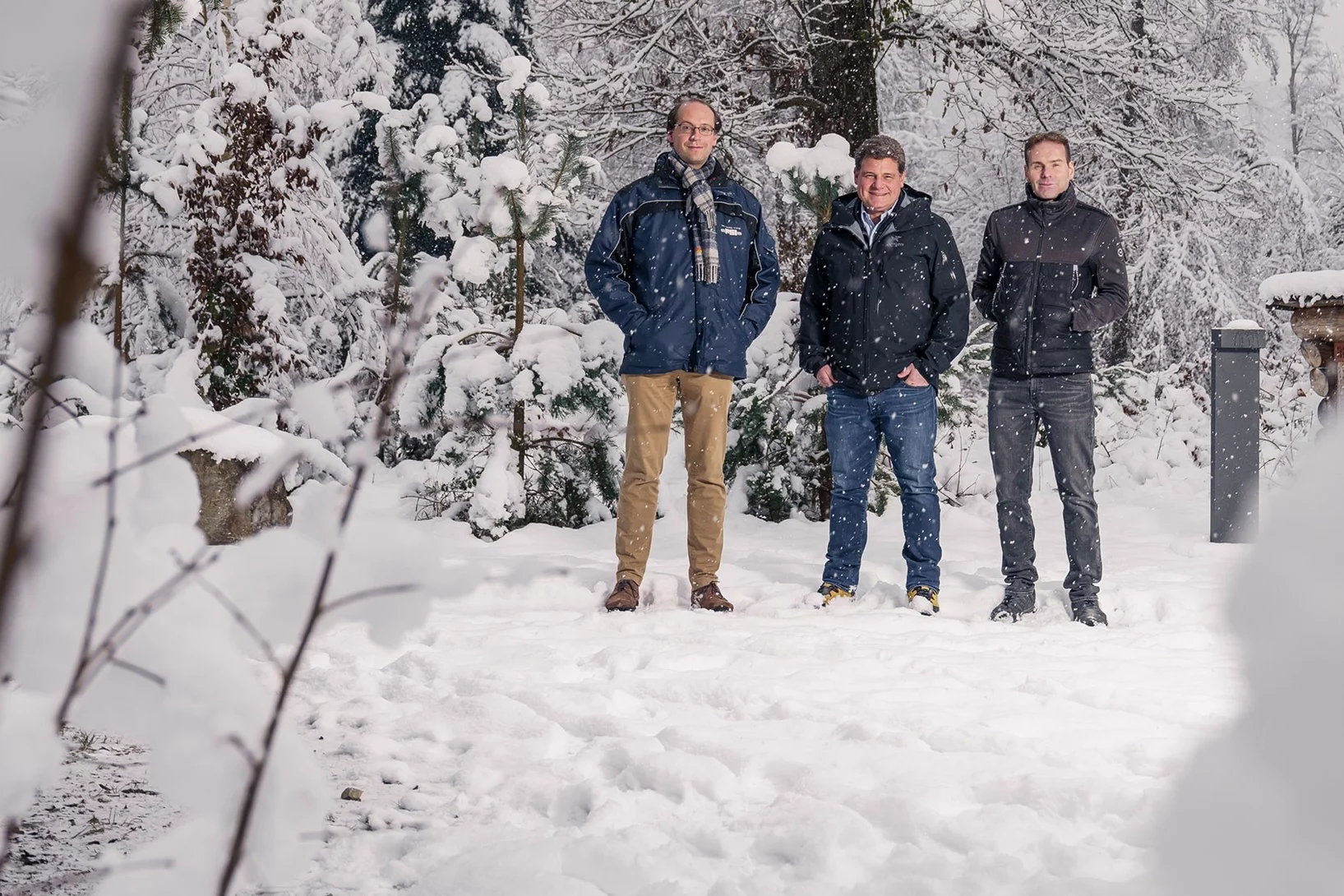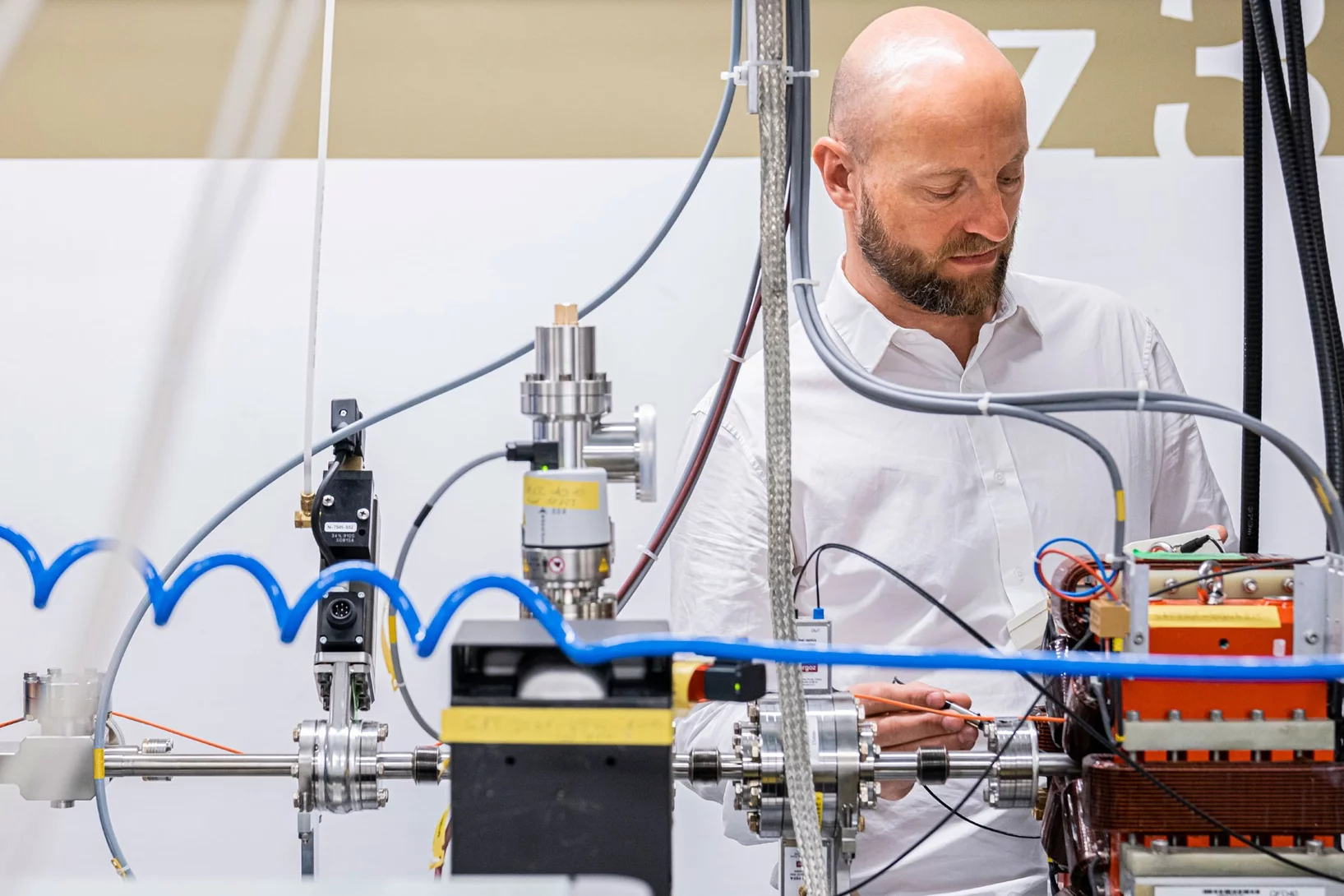X-ray free electron lasers could unlock the next frontier in attosecond research.
On the 9th September, scientists at SwissFEL had the pleasure of welcoming Nobel Prize winner, Anne L’Huillier. Professor L’Huillier won the 2023 Physics Nobel Prize for developing experimental methods that generate attosecond pulses of light. These pulses of light are so short (one attosecond = 0.000000000000000001 seconds!) that they allow us to see how electrons move in matter.
In their experiments, Anne L’Huillier and co-winners Pierre Agostini and Ferenc Krausz used traditional table-top laser systems. During her visit to SwissFEL, Professor L’Huillier toured experimental endstations and accelerator facilities where researchers are working towards the generation and utilization of intense attosecond X-ray pulses – vastly extending the reach of attosecond science.
“Pushing attosecond pulses into the X-ray domain would be transformative, unlocking a range of new scientific opportunities," said Christoph Bostedt, responsible for SwissFEL in the Center for Photon Sciences at PSI. “These could include following chemical reactions on the natural time scale of electron motion, damage-free X-ray imaging of nanoscale samples and new measures of quantum states and entanglement. Anne’s work laid the foundations of the field, so it was inspiring to welcome her here and share our excitement for the future of attosecond science at free-electron lasers.”
You can read more in the #ScienceFeature about XFELs as the next frontier for attosecond science: SwissFEL: a next generation tool for Attosecond Science | News & Events | PSI




